April’s Friday Late, Museum Leila, is a fashion film devoted to contemporary fashion design from the Middle East and North Africa. Created by British-Algerian director Nadira Amrani, the video has been commissioned as a collaboration between the V&A’s Friday Late Curator and the Jameel Curator of Contemporary Art from the Middle East. It showcases work by Karim Adduchi, Tatyana Antoun and Nabil Nayal, whose designs take inspiration from their respective Moroccan, Lebanese and British/Syrian heritage.
Meet the designers!
Tatyana Antoun (@tatyana.antoun)
Tatyana Antoun is a fashion designer from Beirut, Lebanon. The kaleidoscopic, rainbow-bright looks featured in Museum Leila are part of her Vamata collection from 2018, which has two major sources of inspiration – Club Kids (a group of New York dance club personalities) and power dressing. Although the exuberance and joy in the clothing is tangible, Vamata emerged in response to the complexities of life in Beirut.
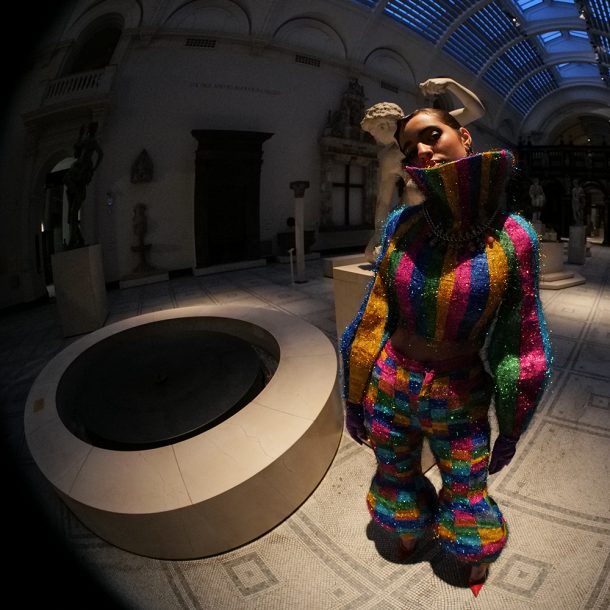
As Tatyana explains, “Being in Lebanon comes with a lot of challenges and restrictions. I had become aware of all the illogical things that are taught to us here – social and political, at home and at school”. The divisive ideologies of sectarianism are still present in Lebanon today, charged by the civil war of 1975 – 1990, and enshrined in the structure of government. “Club Kids represented my desire to break away from societal expectations. Power dressing offered the possibility of detaching myself from my social role as a woman in the Middle East”.
Club culture of the 1980s and 1990s licensed play with colour and texture – the Vamata collection is fuzzy, glittery, tinselled, luminous. Power dressing, meanwhile, inspired volume and attitude, reflected in balloon sleeves and swollen sculptural dresses. For Tatyana, experimenting with silhouette “isn’t necessarily about distorting the body, but about looking at it differently”. This is clothing that resists society’s expectations, particularly in Lebanon.
Armour is a frequent reference in fashion, usually in the form of industrial colours, or military embellishments, but Antoun’s work is armour of a different kind. Her clothes draw strength from exuberance, and offer their wearer both agency and escapism.
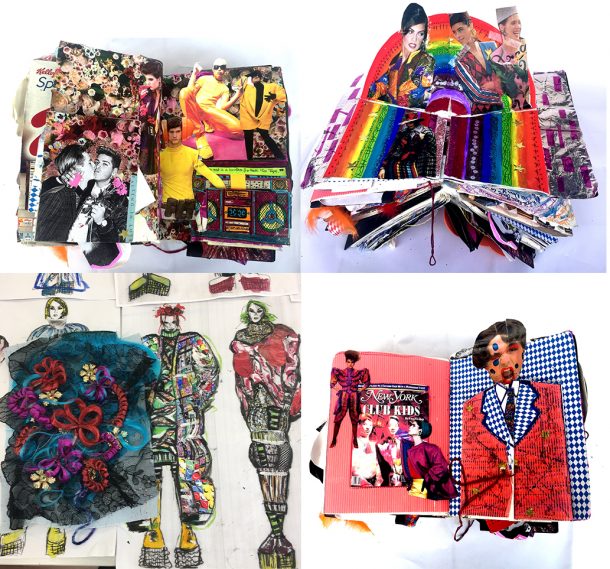
Karim Adduchi (@karimadduchi)
Karim Adduchi is a fashion designer and artist who grew up in the mountains of Imzouren, Morocco. The son of two tailors, he was born beneath his mother’s sewing table and grew up surrounded by clothes, textiles and the whir of sewing machines.
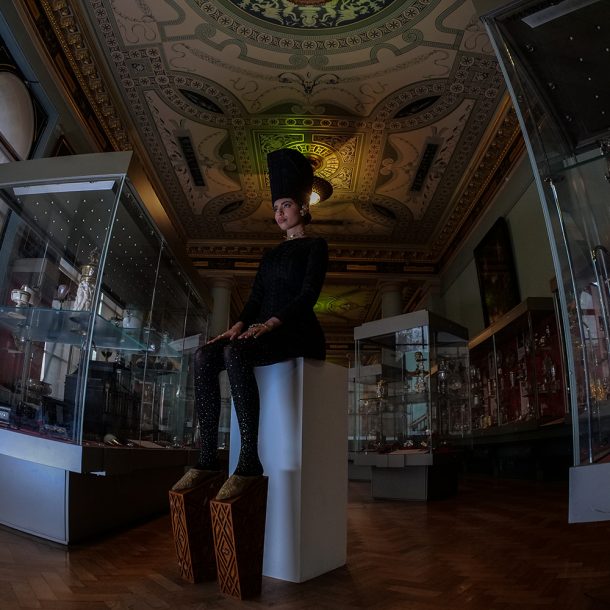
Karim has lived in Amsterdam since 2011, but his collections always begin with the rich heritage of Morocco. His work celebrates the textiles, weaving traditions and embroidery techniques practiced by Moroccan artisans for generations. The carpet dress that appears in Museum Leila is made from a Berber rug over 100 years old. Karim discovered in Tangiers in 2016, and was immediately fascinated by the way its texture had been sun-bleached and shaped by decades of use.
Back in the Netherlands, the carpet became part of a collection entitled She has 99 names, which celebrates the complexity of people and challenges narrow definitions of the ‘other’. Each look was produced by a diverse team of migrant makers: wooden platform shoes carved by Syrian carpenter Yaser Najjar, a dress made by Syrian designer Noor Yousfi, and stitchwork by Russian designer Julia Ivanova and Eritrean embroiderer Simret Tsaedy. As Karim describes, “I consciously decided on collaboration, with people who have been through the migration experience. At some point we all ended up in Amsterdam without a home, a family, or a network to support us. For now, I have a place to offer them, a table to work at.” In his process, as much as his finished pieces, Karim pays homage to the village it takes to make a collection.
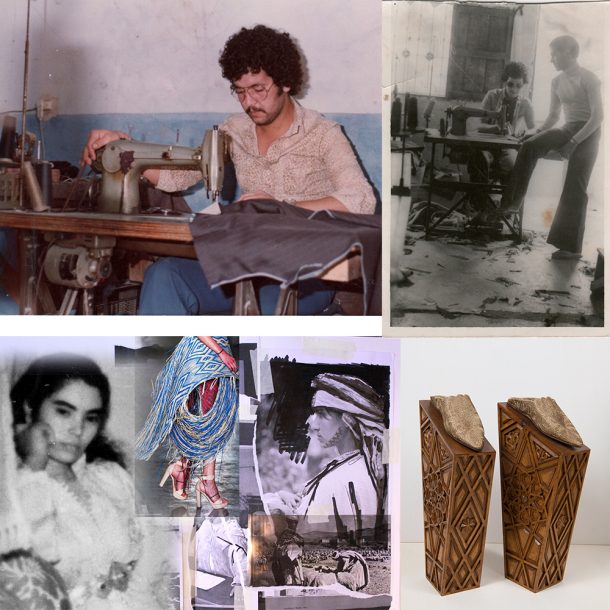
Nabil Nayal (@nabilnayal)
Nabil Nayal was born in Aleppo, Syria, to a Syrian father and British mother. He still vividly remembers the scents and textures of his father’s textile shop in the souq, and growing up surrounded by bolts of cloth and rolls of fabric. As a teenager Nabil moved to Sheffield with his family, where “the resulting cultural friction manifested in my daily life – the stark contrast between the informality of Western dress codes and the formal ones I had left behind served as a constant reminder of my ‘dual heritage’”.
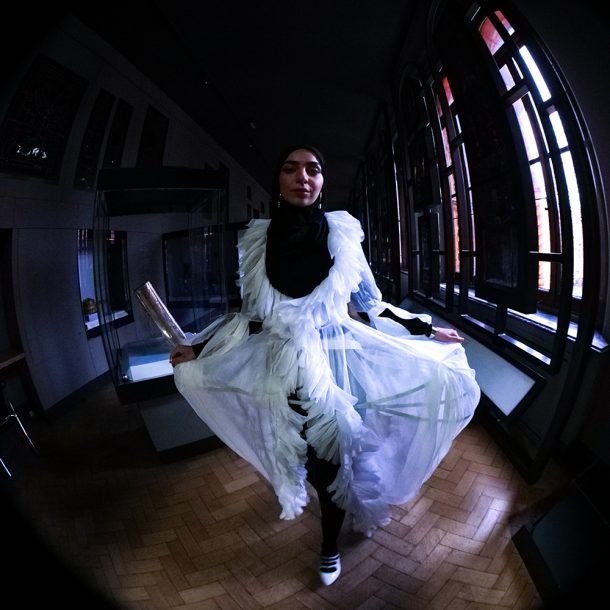
Nabil’s practice reflects his enduring fascination with historical dress, which he disrupts with innovative design techniques and technologies, such as 3D printing – something he explored during his design training and PhD research. Both historical and contemporary references are visible in the black and white couture looks featured in Museum Leila. Commissioned by the Duke of Richmond for Goodwood racing, their cut and silhouettes nod to the decadence of history, while the bold stripes reference the ergonomics and graphics of sportswear, and the striking architecture of the Great Umayyad Mosque in Aleppo.
The war in Syria means that going back in person is impossible, but Nabil has made a symbolic return through his practice. In 2019 he developed a body of work called Mixed Other: Arab British, inspired by his father’s return to Aleppo and the rebuilding of their textile business. These garments examine the cultural friction Nabil experienced growing up: the role of cultural values both obvious and obscure, the subtle signifiers of identity and the nuances of ‘otherness’.
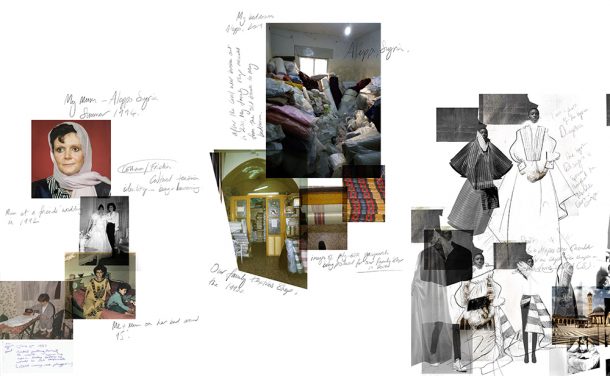
Friday Late commissions continue each month. Keep an eye on the Friday Late webpage and the V&A’s social channels to hear about the next Friday Late!

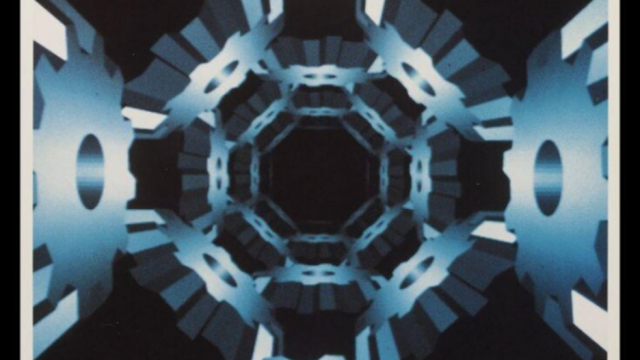
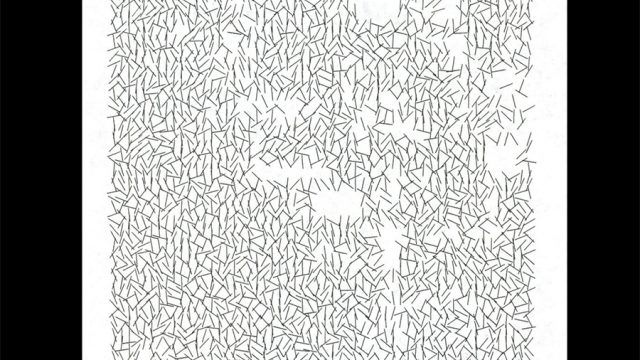
Excellent learning about Friday late Night It was indeed a fashionable blog post keep them flowing